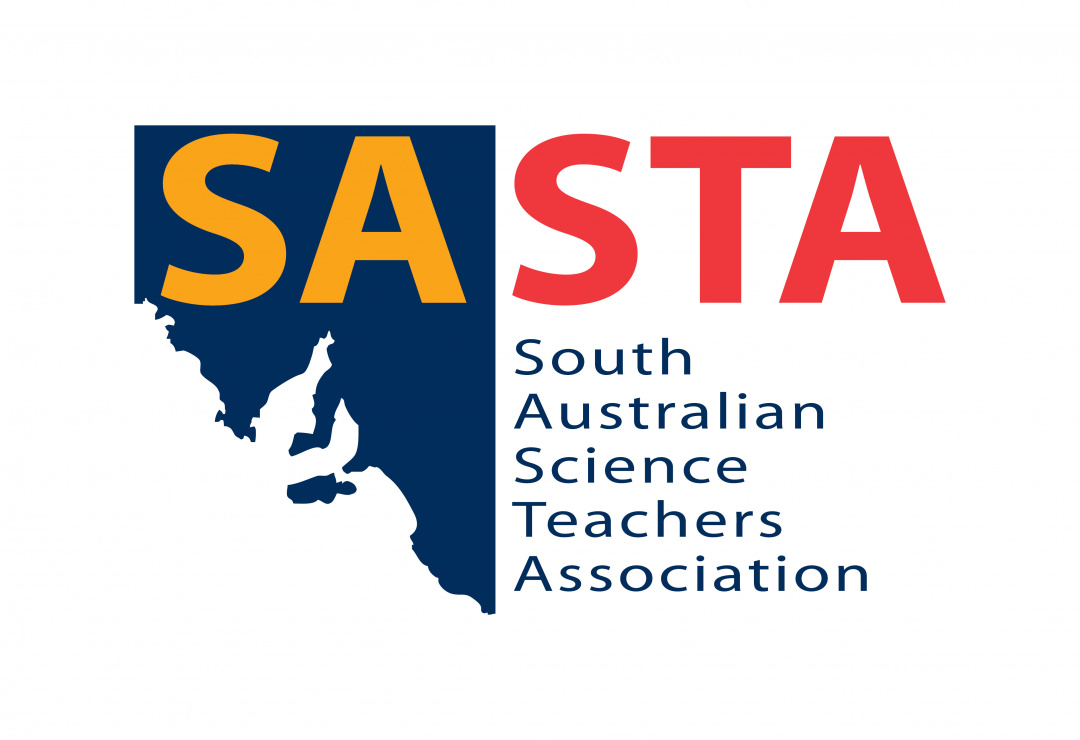Posted by Tegan McClean
on 05/07/2018

This article is a summary of the 'Lab lessons with a STEM focus' workshop session run by Kate Dilger, SASTA Education Officer at the SASTA Annual Conference on Tuesday 17 April 2018.
The main problem with many middle school practical lessons is that the students do not see their relevance, either to their science learning or their world. Teachers often struggle to get across a clear purpose for the activity or its context in real world applications.
In this workshop, teachers were shown how Engineering design tasks can help give science learning, context and purpose.
Participants engaged in an engineering design task that was designed to apply the conceptual understanding and skills from Year 9 Chemical sciences, in particular, acid base reactions.
The challenge asked each group to design a large air cushion that inflated on demand to safely catch and protect a person who needs to jump from a building or other great height.
They used the acid - base reaction between sodium bicarbonate and vinegar to produce the gas that inflated an A4 Ziploc bag as the air cushion. Sounds simple? The tricky part was to design the deployment mechanism that allowed the air cushion to inflate on demand.
Each group was given simple materials to work with and time for experimenting and testing their designs. Amazingly every group came up with a unique mechanism of getting the sodium bicarbonate and the vinegar to come together after the bag was zipped up.
The next part of the workshop focussed on using a scientific investigation to determine the correct ratios of acid and base to produce a volume of gas that would be effective in ‘protecting’ the faller. Various combinations were tested, and volumes recorded. We then graphed the data and used this to estimate the most effective ratio of chemicals to inflate the air cushion.
With their deployment mechanism and enough information about what ratio of chemicals to use, it was time to test out each device! The results were mixed, and we decided that maybe the faller might want a plan B! Despite this, the task clearly demonstrated, that by introducing a design element into a science investigation, the task was given purpose and context as well as a clear connection to the science content.
Kate Dilger
SASTA, Education Officer
This Engineering Design Task was taken from the Year 9 Practical Investigation Workbook. For more details and to view sample pages click here.
In this Section
Archive
- December 2025
- November 2025
- October 2025
- September 2025
- August 2025
- July 2025
- June 2025
- May 2025
- April 2025
- March 2025
- February 2025
- January 2025
- December 2024
- November 2024
- October 2024
- September 2024
- August 2024
- July 2024
- June 2024
- May 2024
- April 2024
- March 2024
- February 2024
- December 2023
- November 2023
- October 2023
- September 2023
- July 2023
- June 2023
- May 2023
- April 2023
- March 2023
- February 2023
- January 2023
- December 2022
- November 2022
- October 2022
- August 2022
- July 2022
- June 2022
- May 2022
- April 2022
- March 2022
- February 2022
- January 2022
- December 2021
- November 2021
- October 2021
- September 2021
- August 2021
- July 2021
- June 2021
- May 2021
- April 2021
- March 2021
- February 2021
- January 2021
- December 2020
- November 2020
- October 2020
- September 2020
- August 2020
- July 2020
- June 2020
- May 2020
- April 2020
- October 2018
- September 2018
- August 2018
- July 2018

